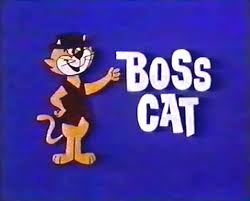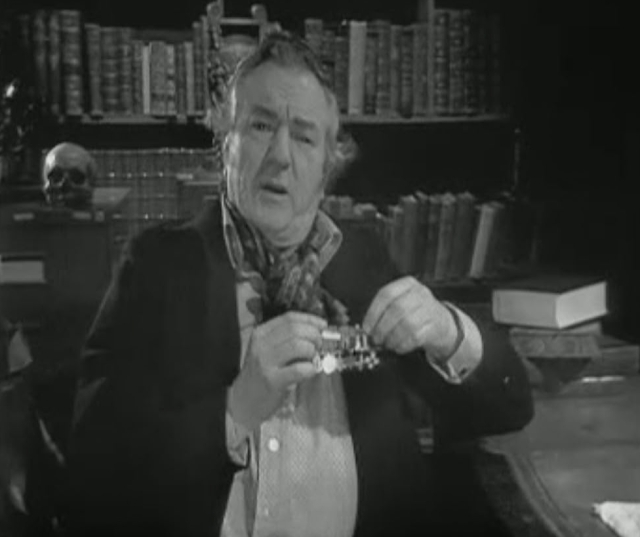An Evolution in Design
I’ve had Penguins in my home for decades. I refer, of course, to the famous paperback imprint, founded in 1935 by publisher Allen Lane. According to legend, he was inspired to launch the brand after being dismayed at the lack of quality reading material available to purchase on the platform at Exeter St. David’s station. In the mid 30s, paperbacks were nothing new. The format had been popularised by Ward & Lock in the mid 19th century, with ‘yellowback’ volumes sold principally at the railway outlets of bookseller W.H. Smith. By the early 30s, however, paperback books had acquired a rather seamy reputation, with the format becoming dominated by pulp crime thrillers often dressed in lurid covers.
Lane, who was already managing editor of publishers Bodley Head, invested his own capital to launch a range of paperbacks that would bring quality literature to a mass audience at an affordable price: the first Penguins were sold for 6d each. The Penguin name was, reputedly, suggested by Allen’s secretary, the characterful bird supposedly epitomising the brand’s ‘dignified but flippant’ attitude to publishing. Borrowing an idea from the German publisher Albatross, Lane adopted a colour code for his paperback series: orange for general fiction, green for crime, cerise for travel and so forth. By the 1960s, the range had standardised on the orange fiction and green crime titles, with blue set aside for the non-fiction offshoot Pelican and grey/orange for the upmarket 'Modern Fiction' titles. A range of children’s books was launched in 1940 under the Puffin brand.
I collected Penguins for many years, sometimes buying them as much for their covers as the contents. For around a decade, Penguin covers had been synonymous with innovative design and radical illustration styles, and I began to pick up examples wherever I found them – this being an era when a secondhand paperbacks could be bought for pennies. From 1961 to 1972, Italian designer Germano Facetti was head of design at Penguin, and it was under his watch that the imprint’s covers reached a high watermark of style and imagination that has never been equalled since. In 1961, a new cover grid was launched, replacing the vertical and horizontal formats that had been the norm since the 1930s and 40s. Polish designer Romek Marber created his now legendary cover layout, using mathematical principles derived from the so-called ‘golden ratio’. Retaining the austere approach to typography of Penguin’s earlier covers, Marber’s grid cleared the way for illustrators to give free reign to their imaginations, and some fairly wild ideas resulted – many of them from rising star Alan Aldridge, who would himself become chief designer in 1965.
Aldridge’s cover illustrations now look very typical of their era – his drawings often embodied the art nouveau and Victoriana influences that were spreading through popular culture as a whole. But he didn’t care for the Marber Grid, and quickly did away with it. Under his watch, an ‘anything goes’ approach prevailed: aside from the Penguin logo in the top left corner, the rest of the cover was now a blank canvas for designers and illustrators. Photographs had been a rarity on Penguin covers before the mid 60s, but now began to appear with increasing frequency. Aldridge may have been an inspired illustrator, but under his tenure, Penguins lost many of the asethetic qualities that had set them apart from rival publishers. The departure of Facetti in 1972 signalled the end of the true classic era in Penguin covers, and by the end of the decade there was only the orange spine left to tell them apart from others on the booksellers’ shelves.
Today, Penguin is owned by Random House, but the imprint continues, and the orange logo is now standard across fiction and non fiction titles.
To illustrate this article, I’ve pulled a selection of Penguins off my bookshelves, which give a good idea of how the cover designs evolved (click on the images to see them at a larger scale). The earliest examples show the original horizontal grid, and the earliest iteration of the famous logo – the ‘double penguin’ on Angel Pavement being an unusual variant. By the 1950s, a new vertical grid was in use, and illustrations were beginning to appear, usually of a sketchy or woodcut style. Doctor in Love is an unusual example of a hardback cover being adopted for a paperback reprint: all of Richard Gordon’s Doctor novels received this same treatment. The Great Escape, pre-dating the Marber Grid, is an anomaly that doesn’t conform to any of the then standard layouts. The End of the Affair is pure Marber, whilst The Urban District Lover fairly screams late 60s with its ‘Goodies’ style font and Alan Aldridge illustration in a stereotypical Heinz Edelmann ‘Yellow Submarine’ manner.
Across the middle row we see the evolution of Penguin Classics, from austere orange and white/ woodcut illustration, through the grey and orange phase of the early 60s, ending with three Marber Grid examples from an era in which covers often made use of fine art. Strangers on a Train is a post-Facetti example of the ‘anything goes’ era, whilst on the bottom row we find two classic green crime covers, both making use of the Marber Grid (the Hundred Gibbets cover is derived from the end frames from the BBC TV Maigret series). Following these, we have five examples of science fiction, three of them employing the short lived purple logo. Time and Again is another very recognisable Alan Aldridge cover. Finally, from the late 70s, and still employing a variant of the Marber grid, an example from the Pelican non-fiction range.














